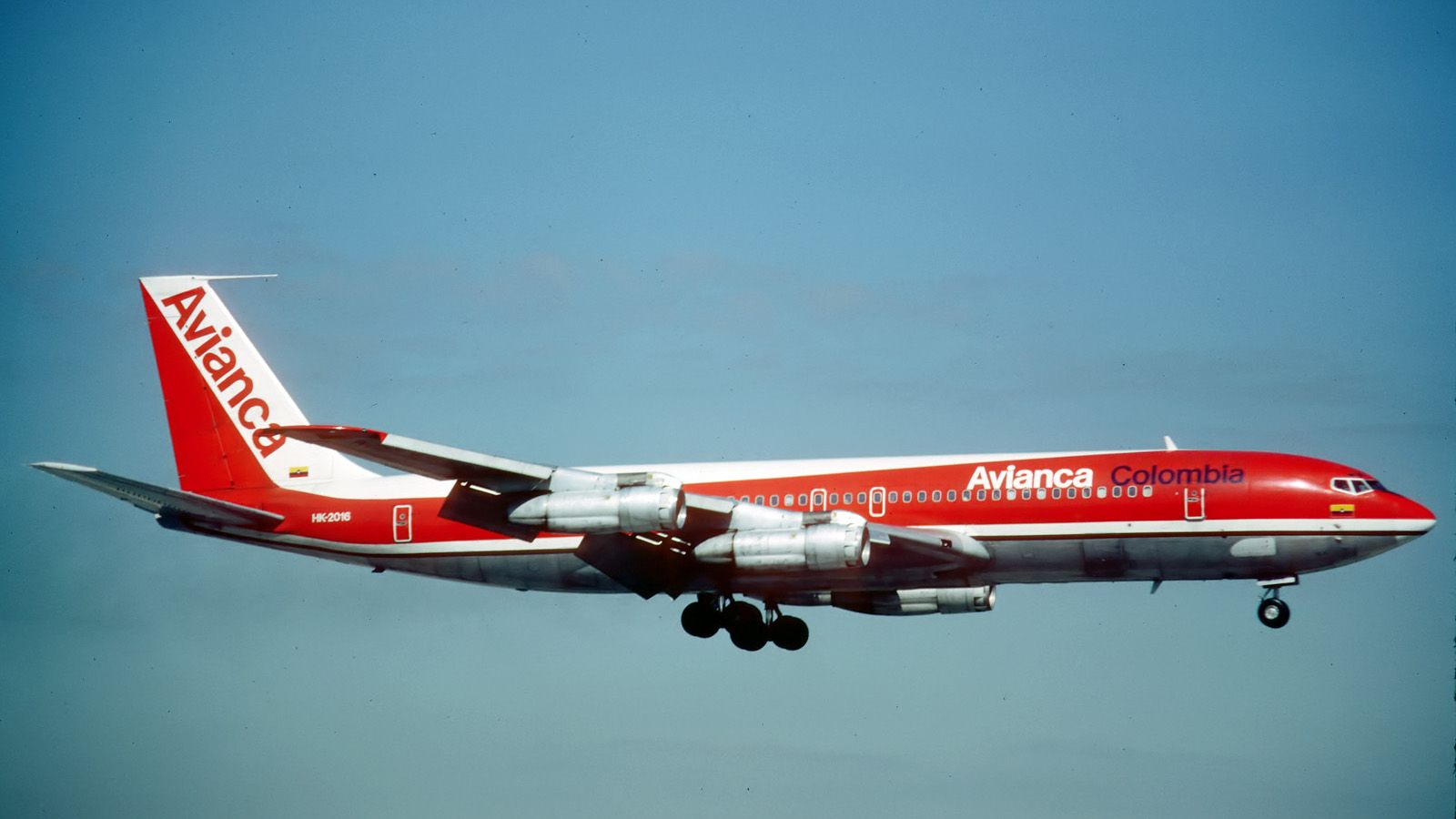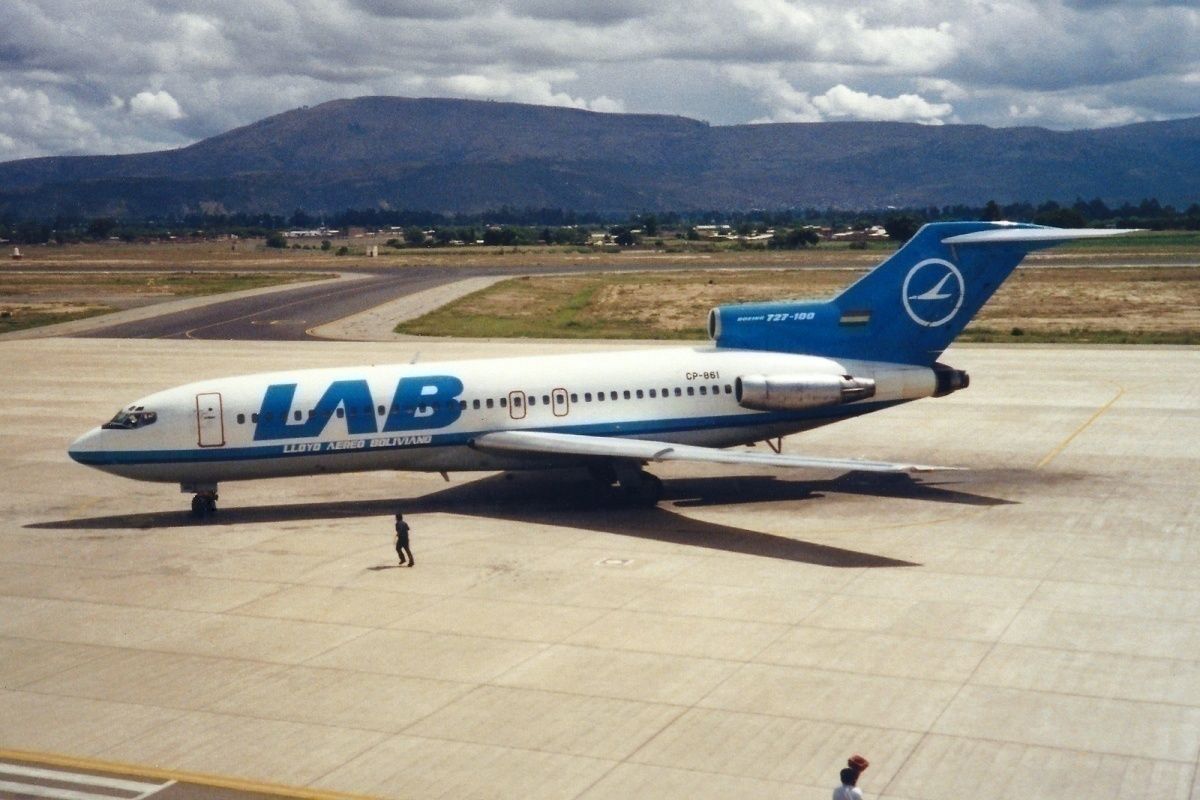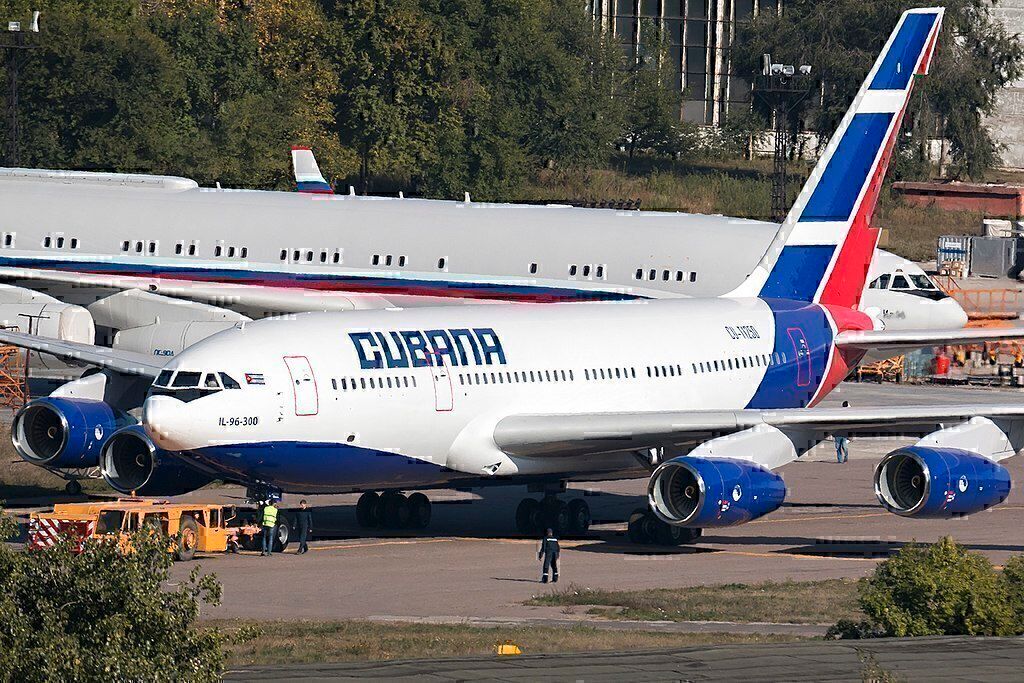The first airline that appeared in Latin America was founded by three Germans and six Colombians. They created an airline on 5 December 1919 under the name Sociedad Colombo Alemana de Transporte Aéreo, or SCADTA. Today, this carrier is known as Avianca and was soon followed by two US citizens who established Mexico's first airline, Mexicana de Aviacion.
These two are the oldest airlines in Latin America, although Mexicana de Aviación no longer exists (even though there were talks of its revival). Yet, which other carriers are the oldest to appear in the region? And which ones continue to fly? In this article, we'll take a closer look at Latin America's oldest airlines and explore their fascinating histories.
Get the latest aviation news straight to your inbox: Sign up for our newsletters today.
A quick landing in Bolivia
In 1925, another group of German immigrants founded an airline in the central South American nation of Bolivia, and the carrier was soon dubbed Lloyd Aereo Boliviano. This small carrier would go on to expand over time, but would ultimately shut down in 2010.
Coincidentally, much as there is with Mexicana de Aviación, there remains a whole movement trying to revive Lloyd Aéreo Boliviano. In 2018, Orlando Nogales, the supposed CEO of the deceased carrier, gave an interview saying that Lloyd had three airplanes. While this may have seemed noteworthy, many continue to doubt whether the airline could legitimately return.
One of the aircraft mentioned is actually a Boeing 727-200, so, if, by any chance, this airline ever goes into the skies again, this could also mean a commercial revival for the old model. Iran’s Aseman Airlines operated the last commercial flight of a B727 back in 2019.
What's going on with Lloyd Aereo Boliviano?
Brazil’s oldest airlines.
The first airline to appear in Brazil was called Varig. Another German aviator, Otto Ernst Meyer-Labastille, founded the airline in 1927. Right around the same time, another Brazilian carrier appeared: Serviços Aéreos Cruzeiro do Sul. The latter also had German roots and was linked to the first Deutsche Lufthansa, the precursor to the modern Lufthansa Group.
Both airlines ultimately folded, with Serviços Aéreos Cruzeiro do Sul closing in 1993 when Varig absorbed it. Meanwhile, Varig continued operating for a few more years. It applied for bankruptcy in 2005 and was divided into two airlines. The first rebranded itself as Flex Linhas Aereas but stopped flying in October 2008. GOL Linhas Aéreas absorbed the second Varig at a cost of 320 million USD.
Which other airlines besides Avianca are still operating?
Avianca turned 100 years old back in 2019. It is one of the oldest existing airlines in the world, along with KLM. Today, Avianca operates a fleet of over 110 Airbus A320 family and Boeing 787 Dreamliner aircraft.
While Avianca may have been able to survive for so long, few other carriers in Latin America have been able to remain operating just as long. Dynamic markets and changing economic conditions have made it difficult for airlines to continually maintain stable operations. Nonetheless, there are a few Latin American players that are over 90 years old.
LATAM Chile started operations in March 1929. Its original name was Línea Aeropostal Santiago-Arica. In 1932, the Chilean carrier took its wider known name: Línea Aérea Nacional, or LAN. It wasn't until 2010 that LAN merged with TAM Airlines (born in 1961) when the merged carrier rebranded as LATAM.
Two more airlines that still exist were founded in 1929. Aeropostal Alas de Venezuela, the state airline of Venezuela, appeared on 3 July.
Finally, the third Latin American carrier to appear in 1929 and still operate is Cubana de Aviación. The Cuban State airline is still alive even though it has faced enormous problems over the last few years. It has, arguably, one of the coolest fleets out there, with some Soviet-made airplanes like four Ilyushin Il-96, three Tupolev TU204, and six Antonov An-158.
Have you flown in any of these old Latin American airlines? How was it? Let us know in the comments.



